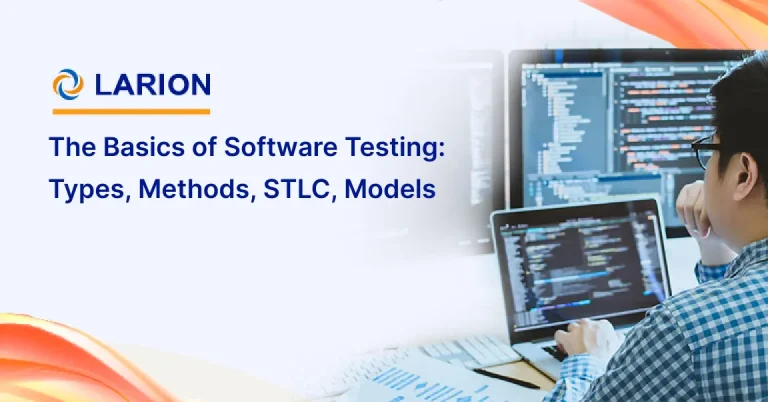We’re going to look closer at SaaS contract points, today’s being the SaaS SLA or service level agreement. This one is probably the most important agreement and unfortunately it’s the one that nobody ever reads when they install software or subscribe to a service.

But, it is critical that you read them. Whether you realize it, by agreeing to a provider’s terms you’re bound to them. Ignorance can be highly damaging in these cases, it becomes your own fault if you breach the contract.
Despite the fact that the SLA is often skimmed at best, we’re going to break down how to design it:
#1 – Services Provided
You need to state in very concise terms, and in an itemized way, what your points of service actually are. This means that you need to state the purpose of the service and then point out all the functionalities for which it is intended.
Along with this, you need to point out, in very specific yet easy-to-grasp terms, the service limitations. “The service is intended only for the points above and that any other use of the service, be it unintentional, is a breach of the terms of service agreement” and therefore will result in consequences.
#2 – Consequences of Misuse
You need to spell out the points of intended use and the consequences for misuse of the service. These may include termination of an account, fines or even legal action. Consequences depend on the severity of the “crimes” committed.
In order to prevent misuse, spell out the consequences clearly. You can even outline how to avoid loopholes that may abuse the system or could be malicious or exploitative to other users. The customer must be made aware the cost of the disciplinary actions should the agreement be breached.
#3 – Personal Conduct
This may sound a bit redundant because it overlaps “misuse”. Personal conduct covers items that will not be tolerated in any public forum or communication platform. It involves libel and slander tied to the service, be it for general discussion or content creation.
Along with this, you also need to cover extra forms of abuse such as spamming: DoS attacks can result in server stress, malfunction of the system for other users or costly maintenance fees. Many companies have met their doom by not outlining personal conduct points in their SLA contracts, so be sure to outline these in great detail.
One last point in closing: Avoid “legal speak” for the sake of sounding “fancy”, as this will just encourage glossing-over of the contract. (Incomprehensible wording has even been used in legal defenses against contract breachers.)
If you adhere to these tenets when you design your SaaS SLA, you’re in for a smooth and easy ride!
Link:




